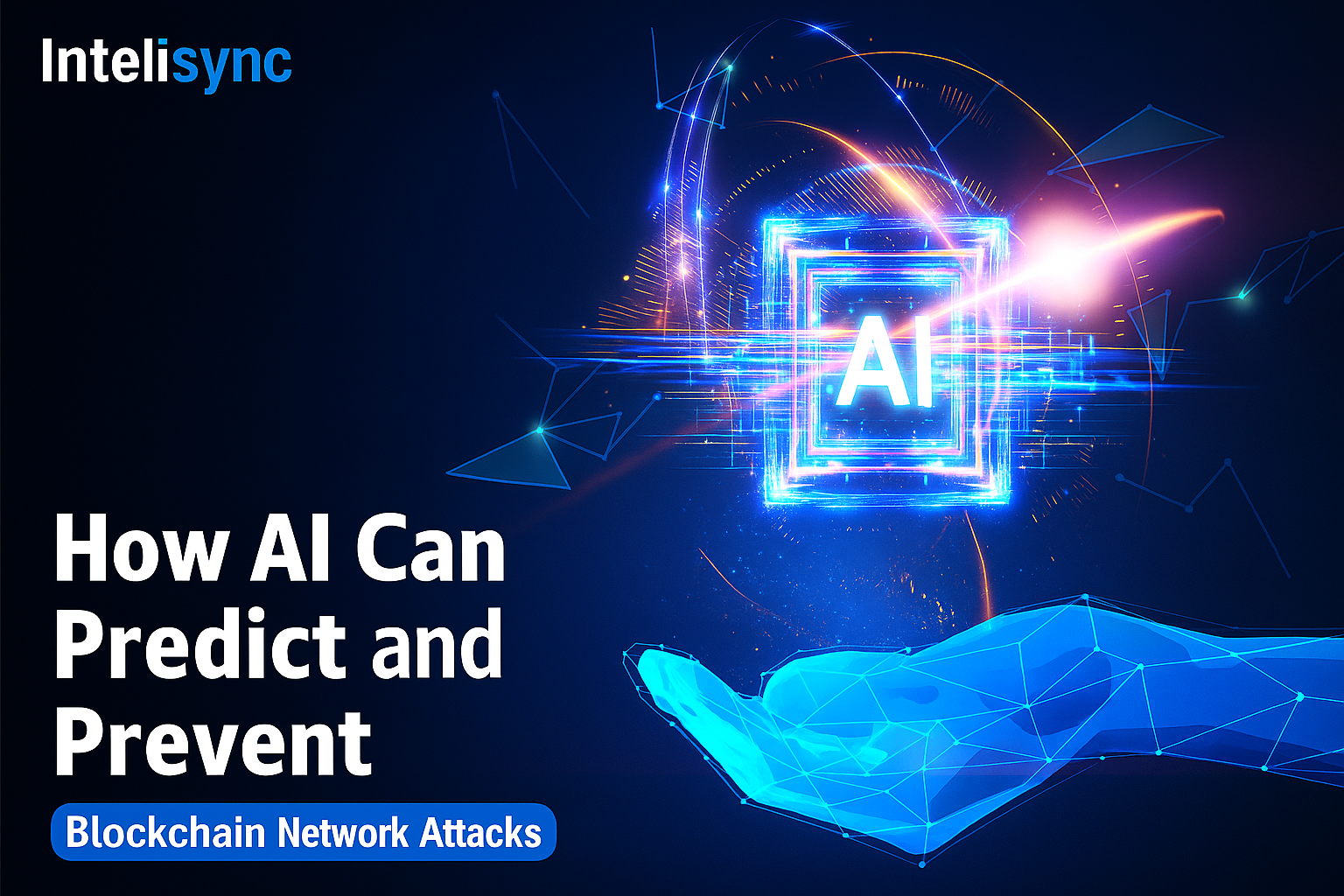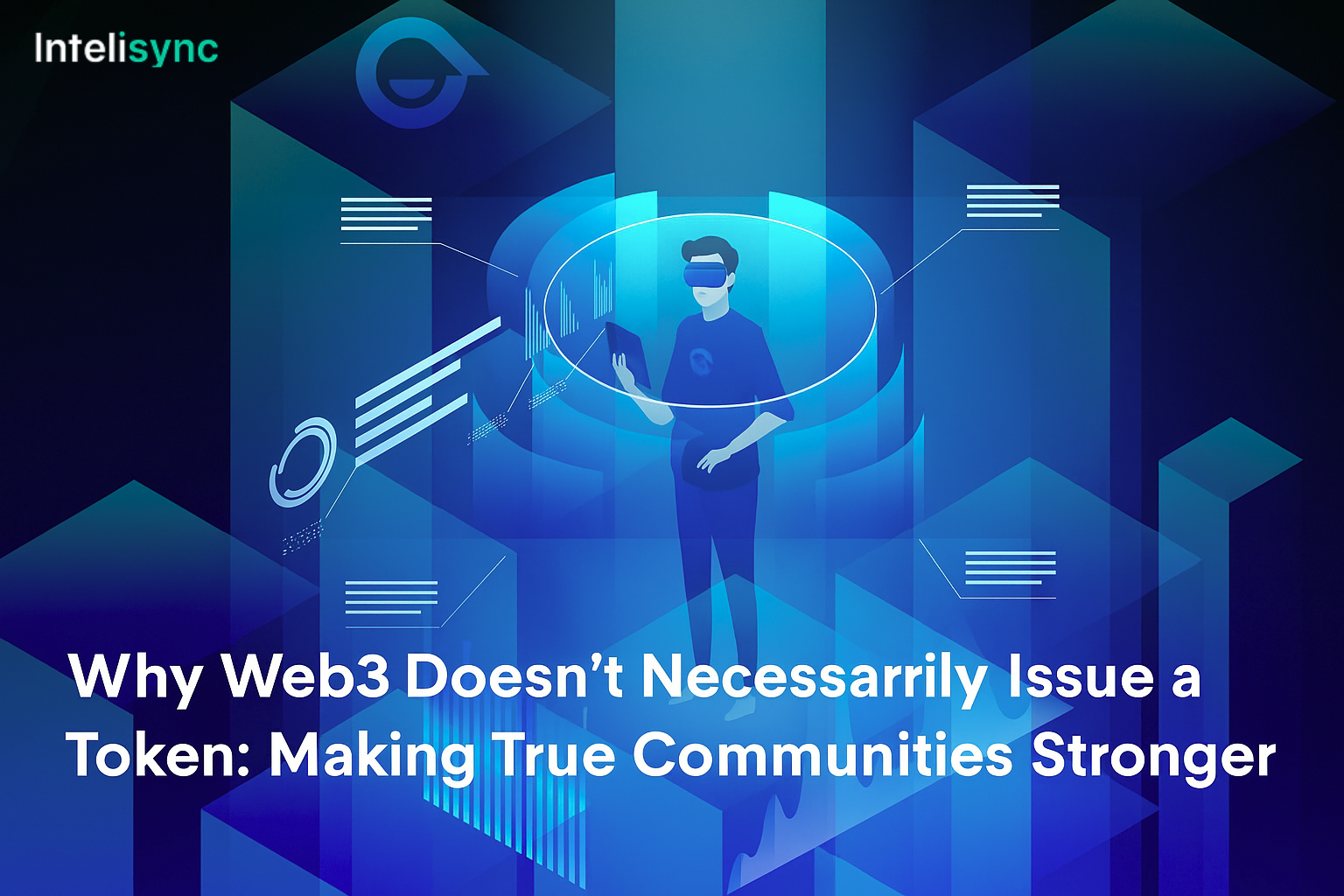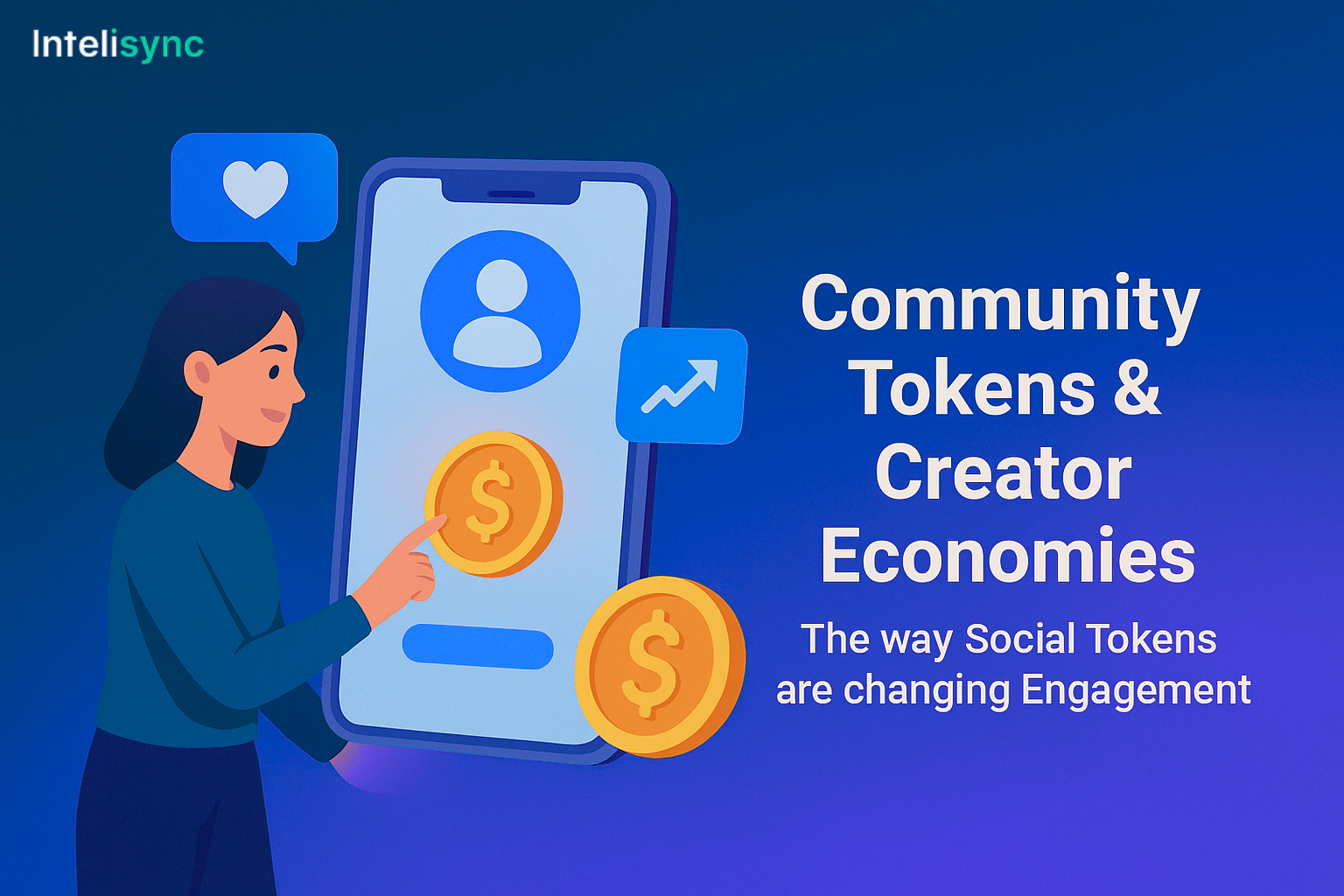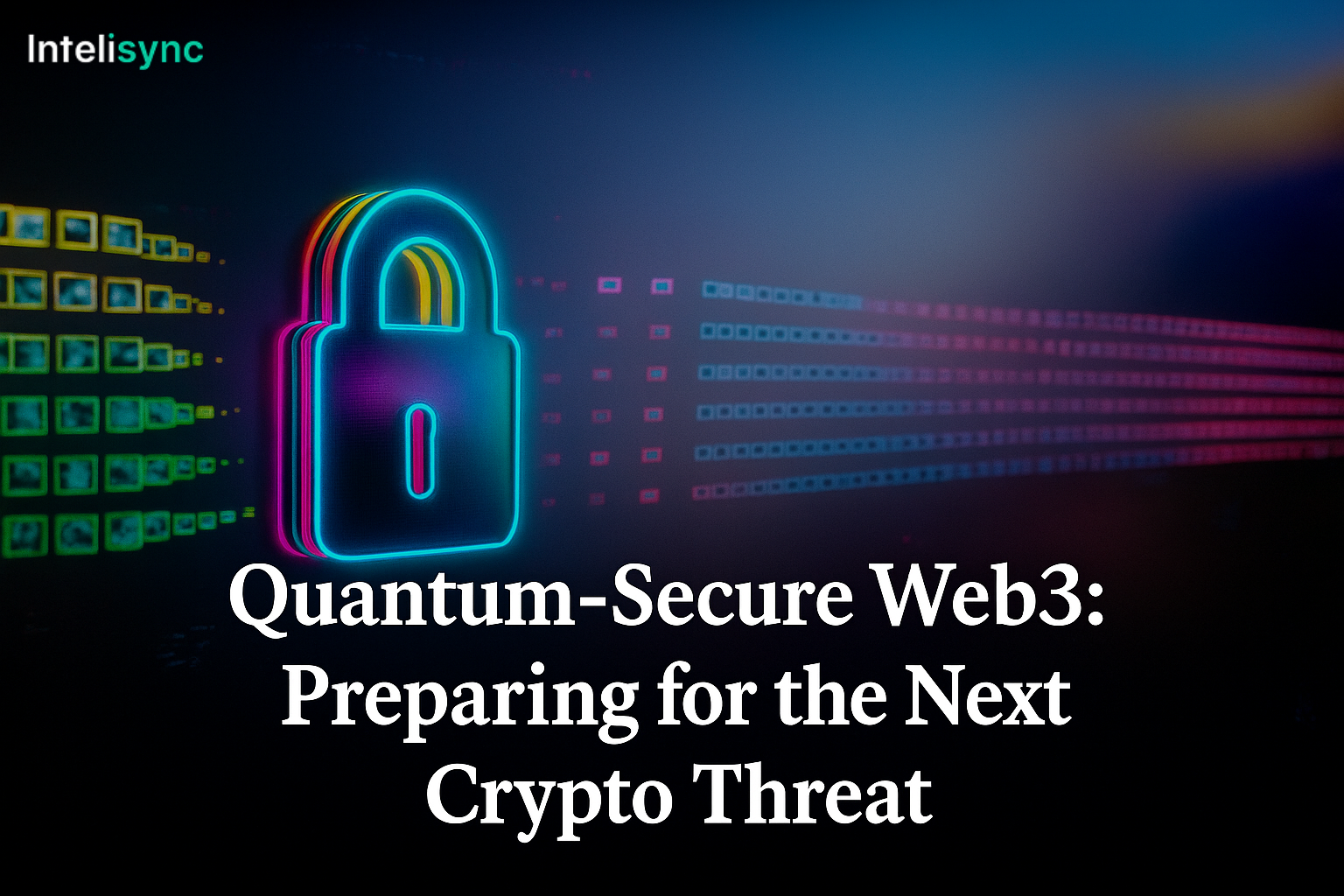AI in blockchain security is changing the game. Blockchain provides trustless transactions, open ledgers, and new forms of digital collaboration. However, as more value moves to blockchains, malicious actors are becoming smarter, making the stakes higher than ever. Fortunately, artificial intelligence is not just making headlines in chatbots or art apps. It’s working behind the scenes to transform blockchain security, predicting and stopping attacks before they can cause harm.
Here’s a clear step-by-step guide on how AI is securing blockchain networks, often before threats have a chance to strike.
Why Are Blockchain Networks at Risk?
Blockchain’s advantages openness, decentralization, and transparency are also what hackers attempt to take advantage of. Phishing, DDoS (Distributed Denial of Service), Sybil attacks, wallet exploits, and smart contract exploits are some of the traditional threats that remain. New ones might pop up overnight. And with millions (or billions) on the line, staying ahead of hackers is no longer a nicety.
The AI Advantage: Seeing What Humans Can’t
Unlike legacy security solutions that search for known dangers, AI is able to identify new, emerging patterns of attacks hidden in vast amounts of blockchain activity. Rather than respond after the harm is already done, AI can predict and prevent issues.
Here’s how:
- Learning Patterns, Identifying Anomalies
Blockchain networks create piles of data transactions, contract calls, network logs. AI models (such as LSTM neural networks and pattern recognition software) can “learn” what normal, healthy blockchain activity is. When something changes—whether it’s an unexpected burst of transactions, abnormal wallet activity, or strange data access AI raises the alarm, usually before the human world is even aware anything is wrong.
For instance, if there’s a normal contract that daily processes 10 transfers and suddenly processes a thousand all at once, AI will pick up on it immediately. Perhaps it’s a new launch or perhaps it’s a progressing theft. Regardless, teams can check in and shore up defenses before they’re caught with their pants down.
- Anticipating Future Attacks Before They Occur
AI becomes even stronger when it has access to historical attack patterns to “predict” what is most likely to fail next. By tracking the breadcrumbs of previous exploits DDoS anomalies, transaction bunching, spoofed wallet activity AI creates a definition of typical vs. anomalous traffic.
This forecasting capability isn’t only for viewing, but for responding ahead of time. As abnormal activity correlates to previous threat behaviors, AI systems can initiate dynamic security responses: blocking suspect addresses, quarantining infiltrated contracts, or even temporarily segmenting the network to isolate the threat.
- Real-Time Fraud and Smart Contract Monitoring
In blockchain, every second matters. AI can scan network traffic in real time, fast enough to detect the slightest trace of phishing attacks, spoofed IDs, or synchronized wallet drains. It can automatically scan smart contract code for vulnerabilities or suspicious activity before hackers can exploit the flaws.
For instance, large exchanges use AI-based systems today to scan wallets for any indication that they’re under attack often alerting suspicious addresses before a breach even occurs.
- Assisting Teams Respond Not Just React
AI’s value isn’t just prediction; it’s orchestration. When a threat is identified, AI can help security teams decide what to do ranking risks, escalating critical events, and even putting automated blocks in place while humans investigate. It can also control how strict network rules need to be during high-alert periods: perhaps requiring more transaction confirmations, or slowing down suspicious transactions, all to minimize harm.
Real-World Results: Smarter, Faster, Safer Networks
Higher Detection Rates: Research indicates AI-amplified blockchains are capable of detecting advanced attacks such as Sybil or DDoS sooner and with greater precision than older systems.
Fewer False Alarms: Clever pattern recognition reduces “cry wolf” moments, allowing teams to dedicate themselves to actual threats rather than harmless spikes.
Learning Over Time: AI systems aren’t kept in a perpetual state. They continue to advance, learn from every new try, making them every bit as adaptive as the hackers they’re designed to thwart.
Facilitating Cooperation: AI-based analytics also enable exchanges, banks, and regulators to exchange warnings and insights within the industry stopping attacks from spreading
The Human Impact: Safer Communities and Brands
For users, it all adds up to enhanced protection against wallet empties, scam tokens, and data leaks sometimes even before you’re aware of the danger. For brands and blockchain initiatives, it fosters trust: you’re not merely patching things up, you’re averting catastrophe and keeping confidence intact block by block.
Final Thoughts
Attackers keep getting smarter, but so do our defenses. AI is quickly becoming the secret weapon in blockchain security, helping us spot trouble, act before thieves can move, and adapt to new challenges as they emerge. As the value locked in blockchains grows, so must our ability to defend it and with AI’s predictive muscle, that future looks a whole lot safer.
The good news? The more exchanges, projects, and people that use AI-powered protection, the stronger the ecosystem as a whole. In this virtual arms race, working together and technology are our best hope for staying not only secure, but ahead of the game.







